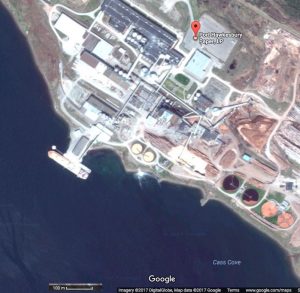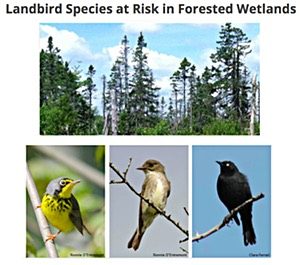 In a letter to Mr. Jason Hollett, Executive Director of Climate Change at Nova Scotia Environment, Energy Analyst Peter Ritchie begins:
In a letter to Mr. Jason Hollett, Executive Director of Climate Change at Nova Scotia Environment, Energy Analyst Peter Ritchie begins:
As you are no doubt aware, the biomass boiler owned and operated by Nova Scotia Power Incorporated (NSPI), located in Point Tupper, NS and intimately affiliated with the adjacent Port Hawkesbury Paper mill, is a relatively small (60MW), yet key, facility within the utility’s electricity generating infrastructure. As this facility has been, and continues to be, sanctioned under legislation enacted by the government of Nova Scotia as supplying ‘renewable’ energy to the province’s electricity grid, this particular generator should be of interest to anyone concerned with climate change mitigation efforts in this province, yourself included.
He asks three questions:
How can the government of Nova Scotia be justified in sanctioning the Point Tupper biomass facility, or any other such biomass facility, as producing ‘renewable’ energy?
What are you and your colleagues going to do to rectify the erroneous decision to grant NSPI credit, under renewable energies legislation, for the energy produced by the biomass boiler at Point Tupper?
What steps are you going to take to include the findings of the crucial research, presented here, in your drafting of Nova Scotia’s pending cap and trade carbon accounting system?
View: Full letter to Jason Hollett from Peter Ritchie and his supporting documents:
—March 17 letter to UK Secretary of State from 52 scientists worldwide urging the UK’s policy-makers to accept the unequivocal science underlying biomass emissions
—Biomass vs. Coal Poster, by Peter Ritichie
—Not carbon neutral: Assessing the net emissions impact of residues burned for bioenergy
Mary S Booth (2018) Environmental Research Letters 13 035001—Trees, Trash, and Toxics: How Biomass Energy Has Become the New Coal
Mary S. Booth, PhD Partnership for Policy Integrity April 2, 2014
More than a few Nova Scotians will want to view the response!
—————–
Feb 25, 2018: Nesting Birds are not happy about clearcutting for biomass
Following is a comment posted on a discussion forum this a.m. in response to Peter Ritcie’s letter:
Masterful job indeed Peter Ritchie. It will be interesting to see if you get a reasoned reply to the damning research evidence.
…Cindy Staicer from Dalhousie U. Dept. of Biology, [recently] give a talk to the NS Bird Society regarding “Landbirds at risk in Nova Scotia Forests” and chose three SAR [Species-At-Risk] birds each with different habitat requirements yet with some overlap. Olive-sided Flycatcher, Rusty Blackbird and Yellow Warbler.
Click on image to go to MTRI Project on
Landbird SAR in Forested WetlandsWhat does this have to do with tree cutting for biomass? Obviously tree cutting machines can’t go into bogs and wetlands because they would get mired but….they do have long arms so can reach into a bog and cut such trees as red maple, larch and black spruce considered to be of no use to the logging industry but are a source of wood for boilers to produce electricity.Black spruce and larch are two species that Rusty Blackbirds perch on as they forage for food – insects mainly. These species also grow where Rusty Blackbirds nest but in the knee-high vegetation in such wet areas rather than in the trees per se. Their habitat encompasses all parts of a wet area that will be disturbed by tree removal… But Cindy is worried about it and the effects of climate change on nesting habitats. As well she said that clearcutting is the “worst” disrupter for birds that return to long-standing nesting sites.
Another comment:
Your letter is masterfully constructed on a foundation of fact. You’re solid. Thanks for keeping the focus on the biomass issue…The response will be far less inspiring, no doubt. The Premier does not like that biomass boiler, so he should view your work in the most helpful light.

